Why should you add more alternatives to your business solutions? Read about their types and statistics
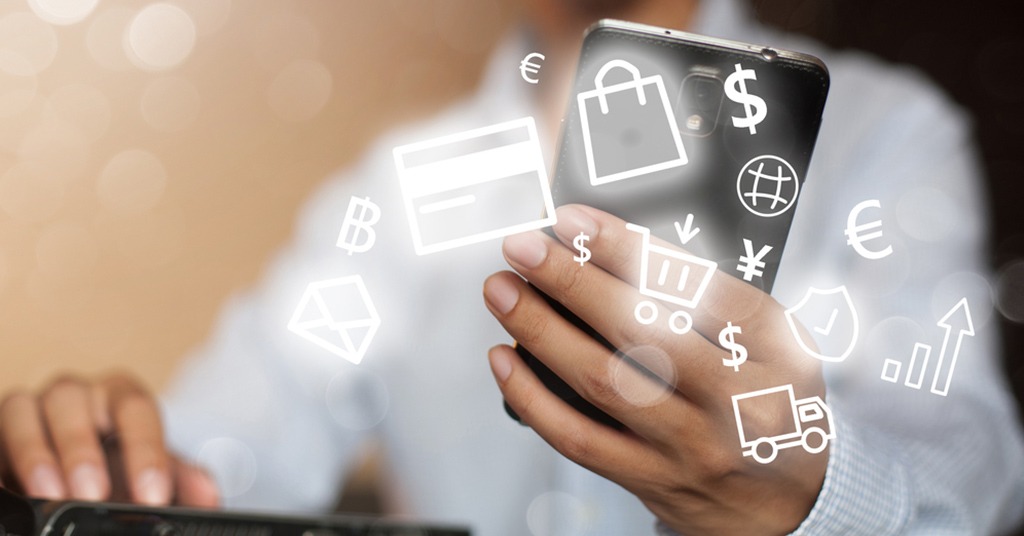
Alternative payment methods: ins and outs. Source: shutterstock.com
Payment options gain the crucial attention of marketing experts. It appears that a lack of flexible and secure methods results in enormous shopping cart abandonment levels. Neither a great assortment, nor can low prices help a business that doesn’t provide convenient payment modes.
Traditions of the product-money exchange reshape over time. While back in the middle of the twentieth century, bank magnetic stripe cards were a novelty, today we are witnessing the global transition to a cashless economy. Although debit and credit cards still lead the payment ratings in local stores, e-commerce is quickly promoting alternative payment methods (APM).
APM is any mode of paying for a product or service that doesn’t involve cash or a traditional bank account.
Some of them have already gained great popularity and are on the verge of turning from the alternative methods to mainstream. Think of PayPal, Apple Pay, WeChat Pay, etc. However, they are not the only popular solutions.
Types of alternative payment methods
 Bank transfers. They allow consumers to approve a digital transaction using online banking. Money is sent from one bank account to another quickly and securely. You don’t have to enter your card number and CVV code every time. You log in to your online account instead.
Bank transfers. They allow consumers to approve a digital transaction using online banking. Money is sent from one bank account to another quickly and securely. You don’t have to enter your card number and CVV code every time. You log in to your online account instead.
The European market has introduced a few major solutions for secure bank transfers. While Europeans still shy away from mobile payments which are incredibly popular in China, they prefer bank transfers for their online shopping.
SOFORT is the dominant online banking method in many countries such as Germany, Austria, Switzerland, and Belgium. Sofort deals with $4 million monthly serving 30,000 merchants in 13 European countries.
iDEAL is another popular bank transfer network. Consumers can pay using their mobile banking app or the online banking environment of their own bank. It accounts for 60 percent of all online transactions in the Netherlands.
GiroPay supports all major German banks and has 35 million online consumers. It allows direct online transfers from the customers’ bank accounts.
 Digital wallet-based solutions. e-Wallets can be funded from a bank account or by email. They offer a fast and efficient checkout experience.
Digital wallet-based solutions. e-Wallets can be funded from a bank account or by email. They offer a fast and efficient checkout experience.
They can be applied to mobile apps creating a basis for the mobile payments. Google Pay, Apple Pay, Android Pay and others turn smartphones and NFC wearables into a wallet. Highly portable and protected by biometric identification, mobile payment devices have become a new trend.
Another option is paying online with an e-wallet. PayPal, Yandex.Money or AliPay allow consumers to receive payments, withdraw funds, and pay for purchases. Their registration procedure is usually faster than those of traditional banks. They’re available 24/7 and work on trusted platforms.
 Instant financing. This type includes various flexible payment systems including an open-end line of credit and monthly installments without a fixed term commitment.
Instant financing. This type includes various flexible payment systems including an open-end line of credit and monthly installments without a fixed term commitment.
Slice It is the solution offered by Klarna. Customers have to fill in an application form once. It requires only personal details without banking information. The credit decision is instant. That’s much simpler than a regular credit application. Then the customer makes a purchase with a minimum payment. The debt incurs flexible terms. Customers can make monthly payments online or in the app.
Instant financing usually works on more favorable terms than those credit lines offered by stores and banks. In this modern fast-paced world, many customers prefer to buy products as soon as they see a good deal. This has triggered the rise of credit card use. Yet now all impulsive buyers have an opportunity to get quick loans without imperiling their credit score. Isn’t that amazing?
 “Try it before you buy it”. The revolutionary and convenient way to pay for clothing items. Instead of visiting the shop, buyers can order clothes online, try them on in the comfort of their homes, check if they combine with the rest of the wardrobe, ask advice from their friends or family without dragging them out shopping and pay only for those clothes that fit them.
“Try it before you buy it”. The revolutionary and convenient way to pay for clothing items. Instead of visiting the shop, buyers can order clothes online, try them on in the comfort of their homes, check if they combine with the rest of the wardrobe, ask advice from their friends or family without dragging them out shopping and pay only for those clothes that fit them.
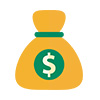 Cash-in. Prepaid cards that offer cash-in solutions run on traditional networks like Visa and Mastercard. There are also prepaid accounts that don’t run off the credit card system.
Cash-in. Prepaid cards that offer cash-in solutions run on traditional networks like Visa and Mastercard. There are also prepaid accounts that don’t run off the credit card system.
Cash-in APM cards are loaded in advance of the purchase. Prepaid debit cards work like credit cards but instead of borrowing money (like you do with a credit card), you’re spending your own money. They are popular among people with low credit scores, younger consumers, or those with limited resources.
Many people earn their money unofficially and don’t have a valid debit card. Instead of carrying cash around, they may use cash-in accounts. These banking solutions are notably popular in the developing nations along with cash-on-delivery payments.
The common mistake of the starting business is to get as much payment methods as possible, but it is rarely a road to success. A huge variety will only confuse potential customers as well as increase the chances of them leaving the cart not paid. The wise thing here to do is to choose only a couple of them, but the ones that your customers will definitely use. Before rushing into choosing the alternative payment methods I would advise to figure out what specific regions/countries you are planning to target. Once you do that, it will get much easier to choose payment method(s), since as it was mentioned in the article, each region has its own, sometimes unique, widely used local payment method.
For example, if you are an online clothes store targeting Germany, Belgium, and Switzerland, while choosing APMs you can get Klarna and Sofort, which are very popular local methods there, optionally also Giropay (well liked by Germans), but there is definitely no need for you to have IDeal (local payment method for the Netherlands).
So I would say that the step to effective payment processing for your business are the following: 1) Make sure you know your target market; 2) Understand your clients needs in terms of payment options on this market; 3) Choose APMs that fit your needs. 4) If it is more than 2-3 APMs you need at once, consider applying to PSP that can offer them all and with only one application and one integration.
Now that you know which APMs are popular all over the world, let’s take a look at the scope of their use.
Statistics
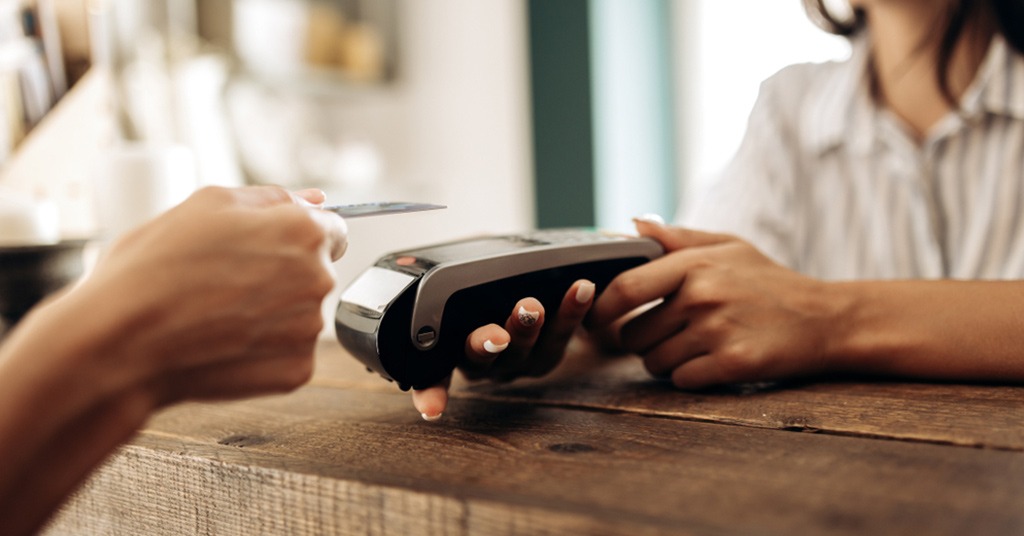
Many people today feel insecure about carrying cash with them. Source: shutterstock.com
Many people today feel insecure about carrying cash with them. According to Bankrate, 40% of surveyed Americans carry less than $20 on average. Another 29% said they carry around approximately $20 – $50 at a time, while about 10% claimed they don’t carry cash at all. Therefore, the majority of transactions happen with the help of fintech.
Moreover, people don’t need cash as much as they did before. A great portion of all shopping takes place online. Statistics prove that 96% of Americans, 95% of British citizens, 93% of Germans, 76% of Canadians, and 72% of South Koreans regularly visit virtual stores, not to mention the rest of the world. According to WorldPay Global Payment Report (2018), the total number of eCommerce transactions all over the world is expected to exceed $4.6 trillion by 2022.
The report reveals changes in payment methods too: alternatives to credit and debit cards now constitute more than half of e-commerce transactions. The survey among the citizens of 36 countries found at least 140 online payment methods used today.
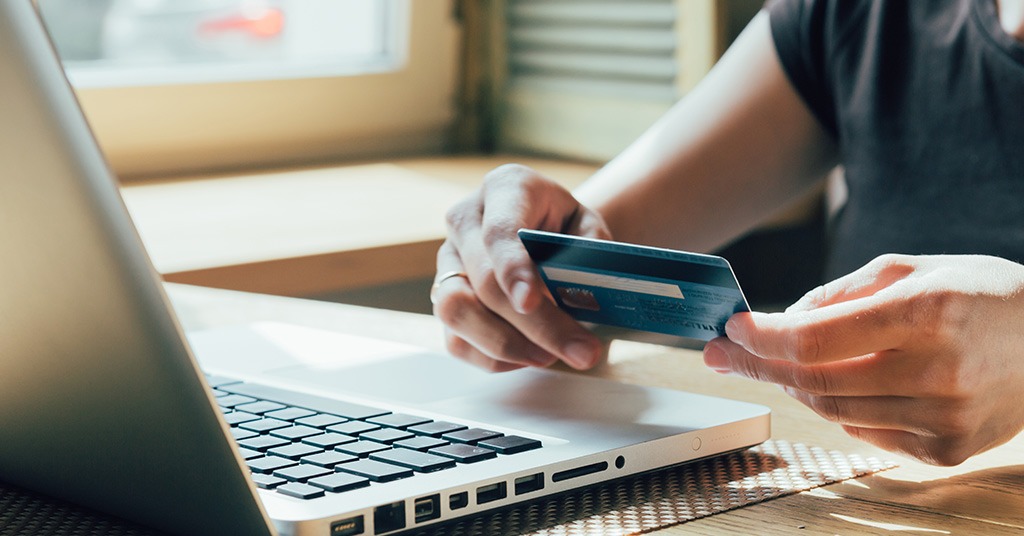
Alternatives to credit and debit cards now constitute more than half of e-commerce transactions. Source: shutterstock.com
One of the reasons is the increasing likelihood of online fraud. People are afraid to buy online at unfamiliar websites. They may choose goods, add them to a shopping cart, and bail out at the payment stage if they need to enter sensitive banking information. There are a number of scams aimed at stealing bank details when customers fill in their debit or credit card credentials. In 2014, over 45 percent of credit card theft happened via the internet.
Therefore, experts predict that in 2019, 55% of all online transactions will be made using APMs.
The WorldPay Global Payment Report (2018) predicts the significant rise of e-wallet use: from 36% in 2018 to 47% in 2022 in e-commerce. Its popularity with POS sales is expected to increase from 16% in 2018 to 28% in 2022.
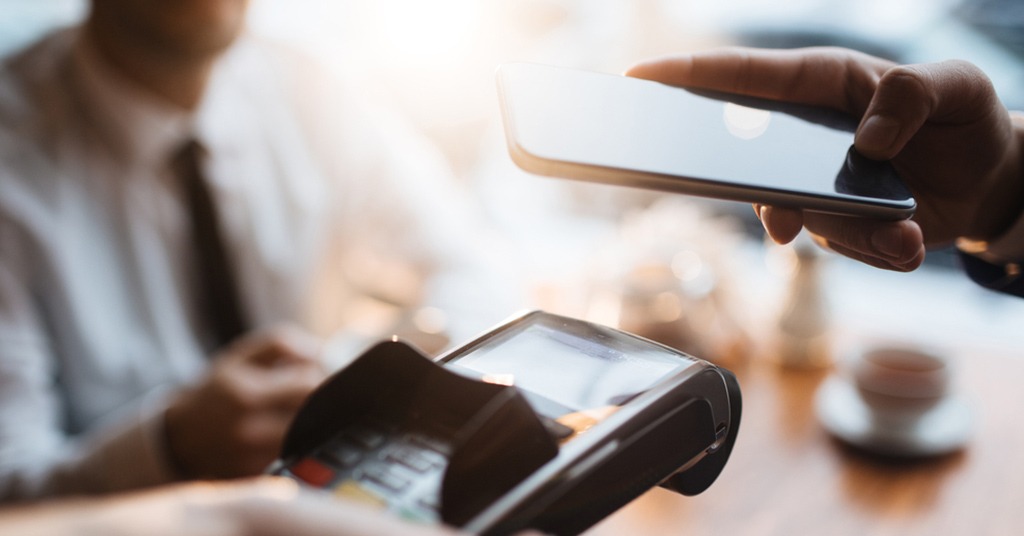
Its popularity with POS sales is expected to increase from 16% in 2018 to 28% in 2022. Source: shutterstock.com
Currently, the biggest mobile payment platforms are:
- WeChat Pay (over 1 billion users);
- AliPay (over 1 billion users);
- Samsung Pay (over 1 billion users);
- Apple Pay (383 million);
- PayPal (250 million customers);
- Amazon Pay (50 million);
- Google Pay (24 million).
The growth of mobile payments is predicted to continue steadily. They are going to become the second most common payment method after debit cards by 2022.
SEE ALSO:










